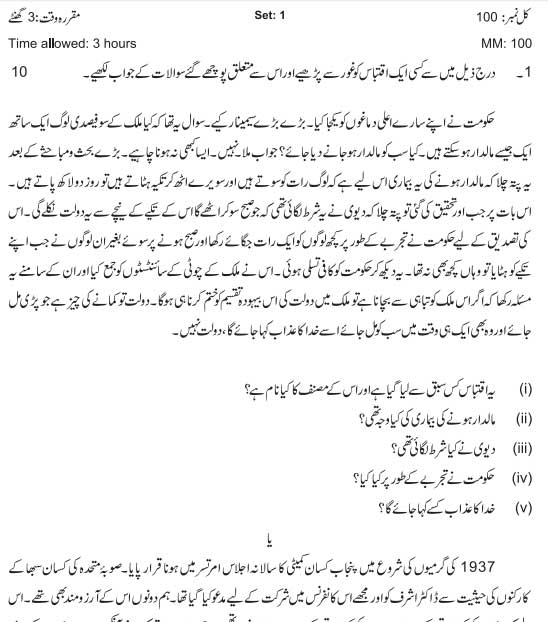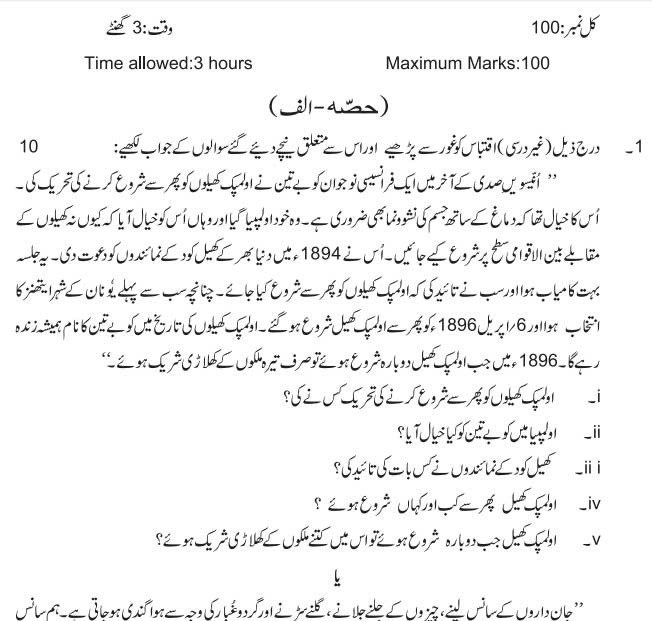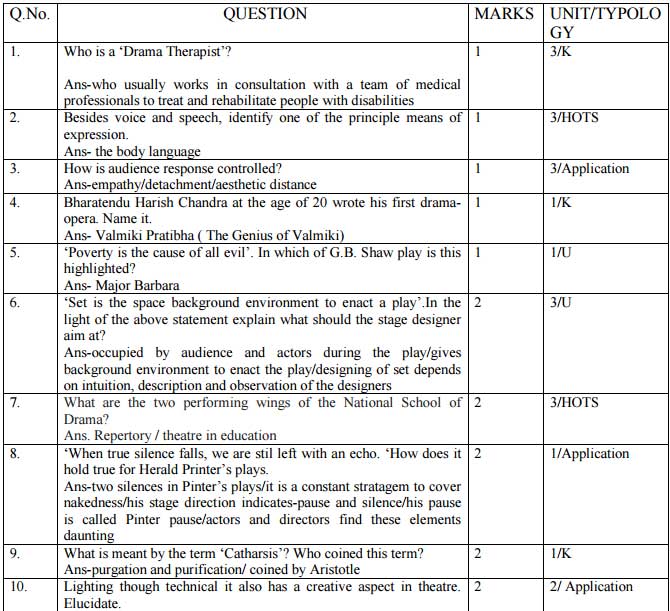
(Download) CBSE Class-12 Sample Paper (Sociology) 2015
Time: 3 Hours Maximum
Marks: 80
General Instructions:
1. There are 25 questions in all.
2. All questions are compulsory.
3. Questions No. 1-14 are very short answer type questions carrying 2 marks each. Answer to each question should not exceed 30 words.
4. Questions No. 15 – 21 are short answer type questions carrying 4 marks each. Answer to each question should not exceed 80 words.
5. Questions No.22-25 are of long answer type questions carrying 6 marks each. Answer to each question should not exceed 200 words. Question no 25 is to be answered with the help of the passage given.
Q1. What do you understand by sex ratio? 2
Q2. Name two commissions set up for Other Backward Classes. 2
Q3. State the meaning of modernization. 2
Q4. Write two examples of competing interests. 2
Q5. Interpret cultural diversity in your own words. 2
Q6. Define the term 'benami transfer'. 2
Q7. The rate of mining incidents in India is higher than in the other countries. Why? 2
Q8. How were woven silk spinners and twisters of Bihar affected by globalization? 2
Q9. What do you understand by fordism? 2
Q10. Independent India was able to retain a global outlook. How? 2
Q11. Why are 'new farmer's movement' termed as 'new social movements'? 2
Q12. In what way Dalit literature espoused the cause of dalits. 2
Q13. Why the mid 1970's women's movement called the second phase of Indian women's movement? 2
Q14. Illustrate the meaning of Secularism in Western context. 2
Q15. The National Family Planning Programme was renamed as the National Family welfare programme. Describe the reasons. 4
Q16. South American proverb says –" If hard labour were really such a good thing, the rich world keep it all for themselves!" Explain it with reference to social inequality. 4
Q17. Examine the role played by strike breakers in Bombay Textile Strike of 1982? 4
Q18. Explain the relevance of Civil Society?
OR
How do States try to establish singular national identities through assimilation and integrationist strategies? 4
Q19. Describe the impact of Westernisation.
OR
Explain the process of Sanskritisation. 4
Q20. The 73rd amendment has been monumented in bringing voice to the people of villages. Discuss.




